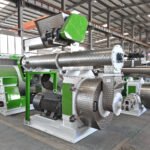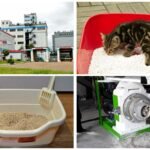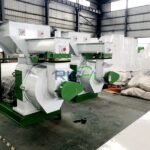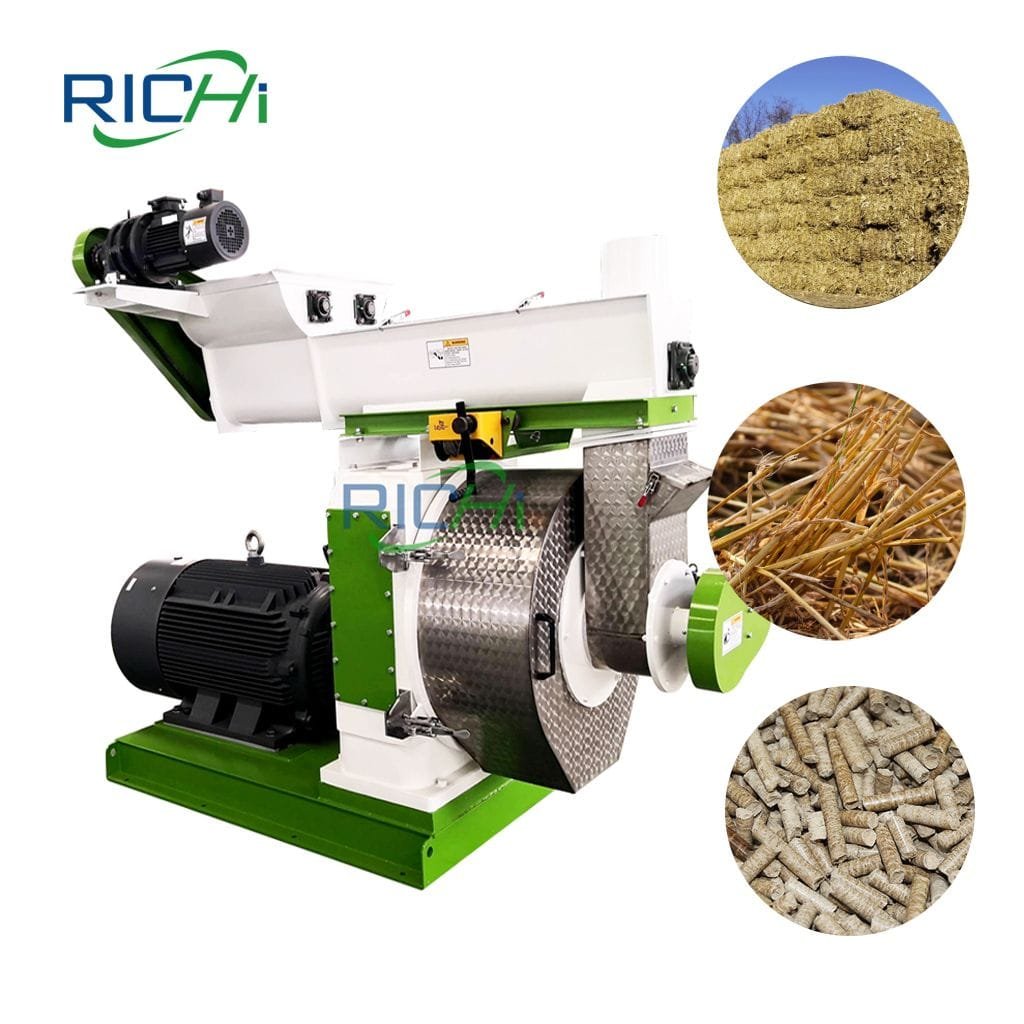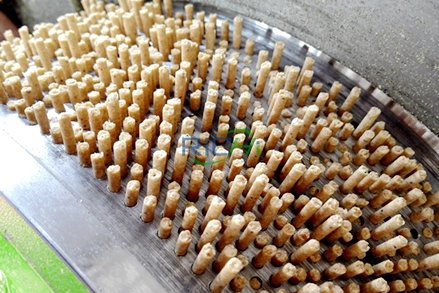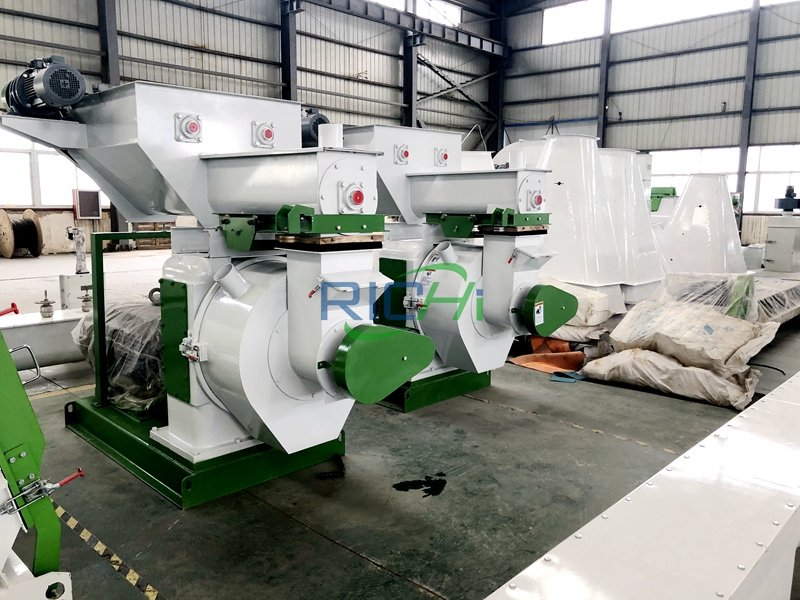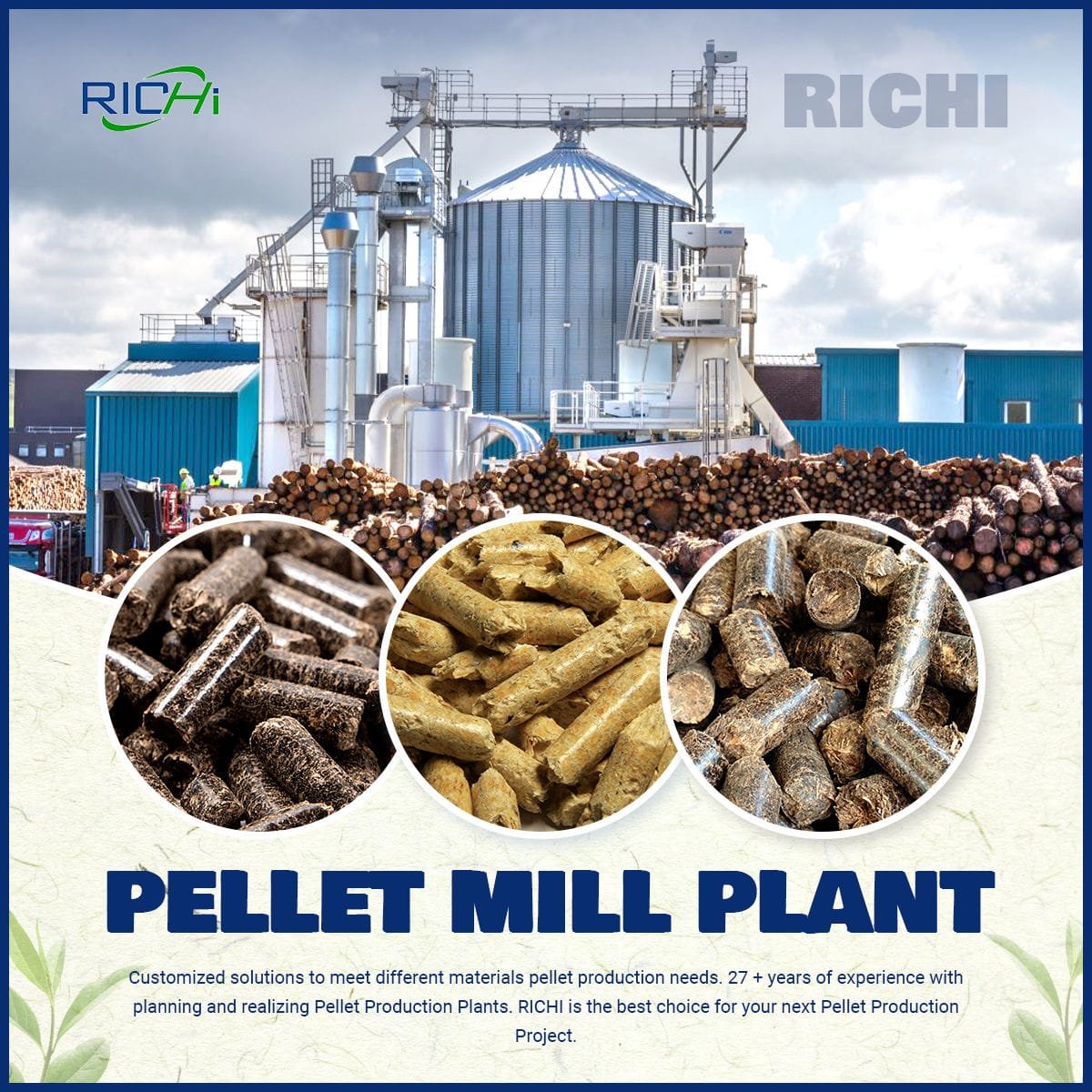The adoption of straw pellet making machines has become increasingly popular in recent years, driven by the growing demand for sustainable fuel sources and the need to manage agricultural waste effectively. One of the most compelling reasons for investing in a straw pellet making machine is the potential for significant cost savings. This article explores the various ways in which using a straw pellet making machine can lead to cost reductions and improved profitability.
- Raw Material Cost Savings
Straw, being an agricultural byproduct, is often available at very low costs or even for free in some cases. By converting this low-value waste into high-value fuel pellets, businesses can significantly reduce their raw material costs compared to other fuel production methods.
- Typical savings: 50-70% reduction in raw material costs compared to wood-based pellet production.
- Energy Cost Reduction
Straw pellets produced by these machines can be used as a renewable energy source, potentially replacing more expensive fossil fuels in various applications.
- Estimated savings: 30-50% reduction in energy costs when replacing coal or oil with straw pellets for heating purposes.
- Waste Management Cost Reduction
For agricultural operations, the cost of disposing of excess straw can be significant. By converting this waste into a valuable product, businesses can eliminate disposal costs and potentially create a new revenue stream.
- Potential savings: Complete elimination of straw disposal costs, which can range from $20 to $50 per ton.
- Transportation Cost Savings
Pelletized straw is much denser than loose straw, significantly reducing transportation and storage costs.
- Typical reduction: 80-90% decrease in volume, leading to proportional savings in transportation and storage costs.
- Labor Cost Optimization
While the initial setup of a straw pellet making machine requires investment in training, the automation of the pelletization process can lead to long-term labor cost savings.
- Estimated savings: 20-30% reduction in labor costs associated with handling and processing straw.
- Increased Revenue Potential
While not a direct cost saving, the ability to produce a value-added product from waste material can significantly increase revenue, effectively offsetting operational costs.
- Potential increase: Straw pellets can sell for $100-$200 per ton, compared to raw straw at $20-$40 per ton.
- Government Incentives and Subsidies
Many governments offer incentives for biomass fuel production, which can further reduce the overall cost of operation.
- Possible savings: Varies by region, but can include tax credits, grants, or subsidized loan rates.
- Reduced Environmental Compliance Costs
By converting waste into a useful product, businesses can reduce their environmental impact and potentially avoid fines or penalties associated with improper waste disposal.
- Potential savings: Avoidance of environmental fines, which can range from thousands to millions of dollars depending on the severity of non-compliance.
- Economies of Scale
As production scales up, the cost per unit of straw pellets produced typically decreases, leading to improved profit margins.
- Estimated effect: 10-15% reduction in production costs per ton as production volume doubles.
- Maintenance Cost Optimization
Modern straw pellet making machines are designed for durability and easy maintenance, potentially reducing long-term maintenance costs compared to other processing equipment.
- Typical savings: 15-25% reduction in annual maintenance costs compared to older or less specialized equipment.
Case Study: Agricultural Cooperative in Midwest USATo illustrate the potential cost savings, consider the following case study:An agricultural cooperative in the Midwest USA invested $500,000 in a straw pellet making machine with a capacity of 2 tons per hour. Their annual cost savings breakdown is as follows:
- Raw material cost savings: $200,000 (utilizing 10,000 tons of straw previously left in fields)
- Energy cost reduction: $150,000 (partially replacing natural gas in local heating applications)
- Waste management savings: $100,000 (eliminating straw disposal costs)
- Transportation and storage savings: $50,000
- Labor cost optimization: $75,000
- Increased revenue: $500,000 (selling straw pellets at $150/ton)
- Government incentives: $50,000 (local renewable energy tax credit)
Total annual benefit: $1,125,000After accounting for operational costs and depreciation, the net annual benefit was approximately $800,000, providing a payback period of less than one year on their initial investment.
Conclusion
The adoption of a straw pellet making machine can lead to substantial cost savings and increased profitability for businesses in the agricultural and energy sectors. By converting low-value agricultural waste into high-value fuel pellets, companies can realize savings across multiple areas of their operations, from raw material and energy costs to waste management and transportation expenses.While the exact amount of cost savings will vary depending on factors such as local market conditions, scale of operation, and specific applications of the straw pellets, the potential for significant financial benefits is clear.
As the demand for sustainable energy sources continues to grow, the cost savings associated with straw pellet production are likely to become even more pronounced.However, it’s important to note that realizing these cost savings requires careful planning, efficient operation, and ongoing optimization of the pellet production process. Businesses considering investing in a straw pellet making machine should conduct a thorough cost-benefit analysis based on their specific circumstances to fully understand the potential savings and return on investment.
Related post: straw pellet production line



